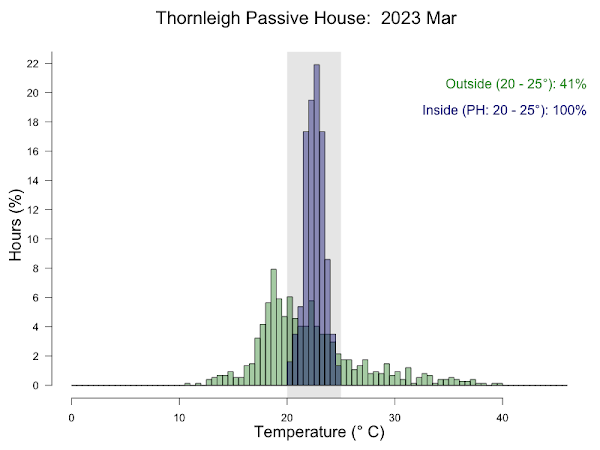A new sensor...
I'ver splashed out and picked up a pair of Purple Air Flex air quality monitors. These sensors measure temperature, humidity, pressure, PM2.5 concentrations, and total volatile organic compounds (VOC). (The VOC readings are currently experimental.) The sensor outside data are publically viewable on the purple air map , but the inside sensor data is not disclosed in real time. I will however be doing some experiments with it. One of these days I'll find the ideal sensor package, but until then I just keep collecting!














